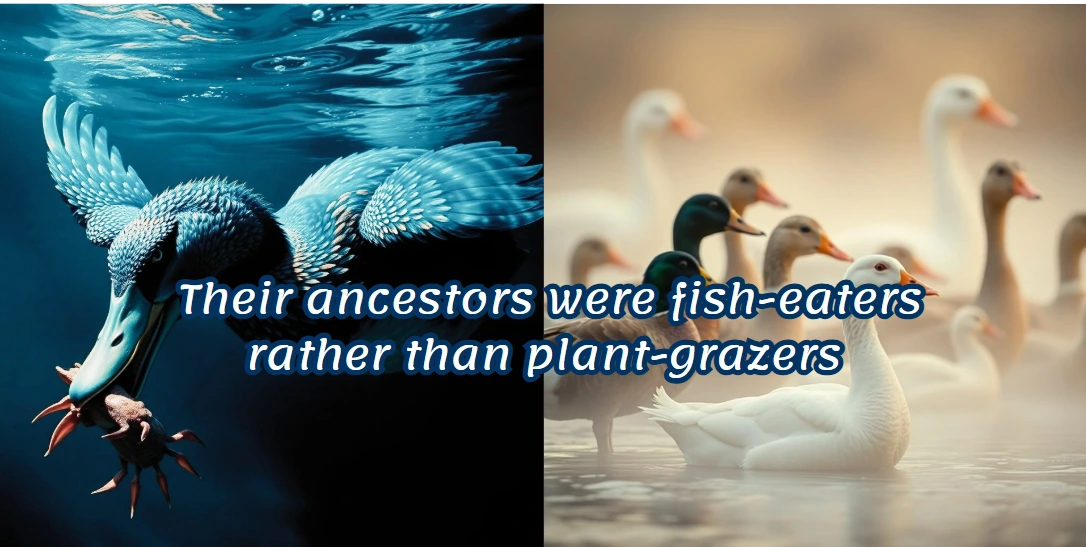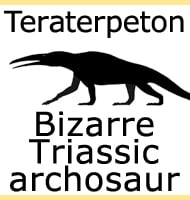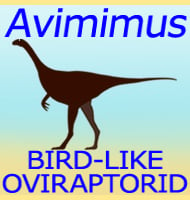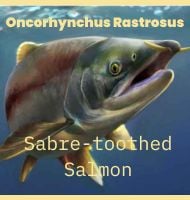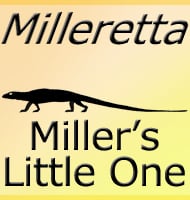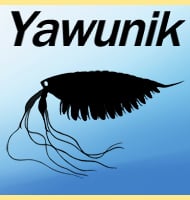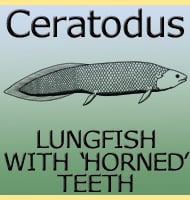
The discovery, made during a 2011 expedition but only recently studied in detail, provides the most conclusive evidence yet that Vegavis was an ancient relative of ducks and geese. For years, paleontologists debated its place in bird evolution, but this skull—remarkably well-preserved—settles the question.
“This is the first time we’ve been able to see Vegavis’ skull in such fine detail,” said Dr. Christopher Torres, lead researcher and National Science Foundation postdoctoral fellow. “And it finally gives us clarity on where this bird fits in the evolutionary tree.”
First described nearly two decades ago, Vegavis was unexplored mystery for scientists. Earlier fossils hinted at a connection to modern waterfowl, but they were too incomplete to confirm.
Now, with this new specimen, researchers can clearly see a mix of ancient and modern traits, bridging the gap between prehistoric birds and their descendants.
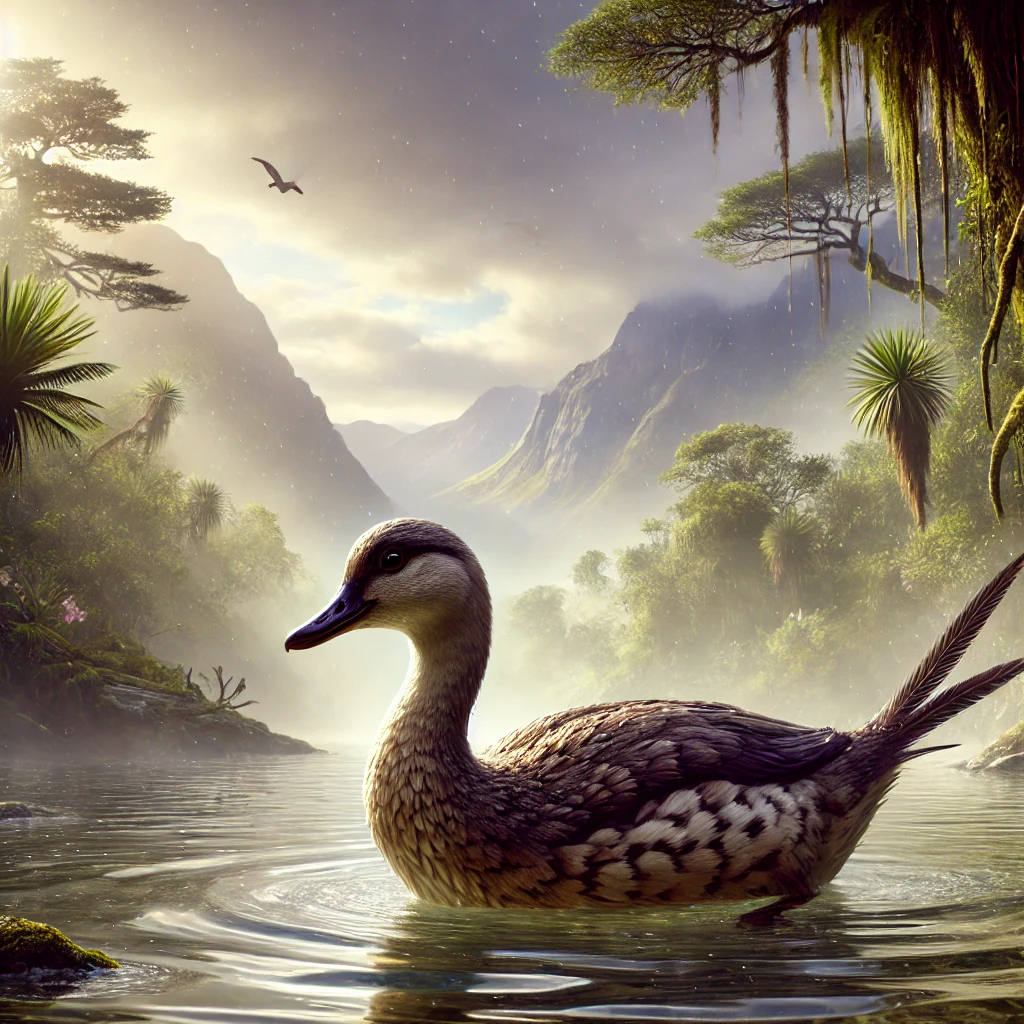
One of the most important features is its beak and jaw structure. The skull suggests Vegavis had powerful jaw muscles and a pointed beak—likely a tool for catching fish. This sets it apart from today’s ducks and geese, which primarily feed on plants and small invertebrates. Instead, Vegavis may have been more of a hunter, diving into shallow waters to snap up prey.
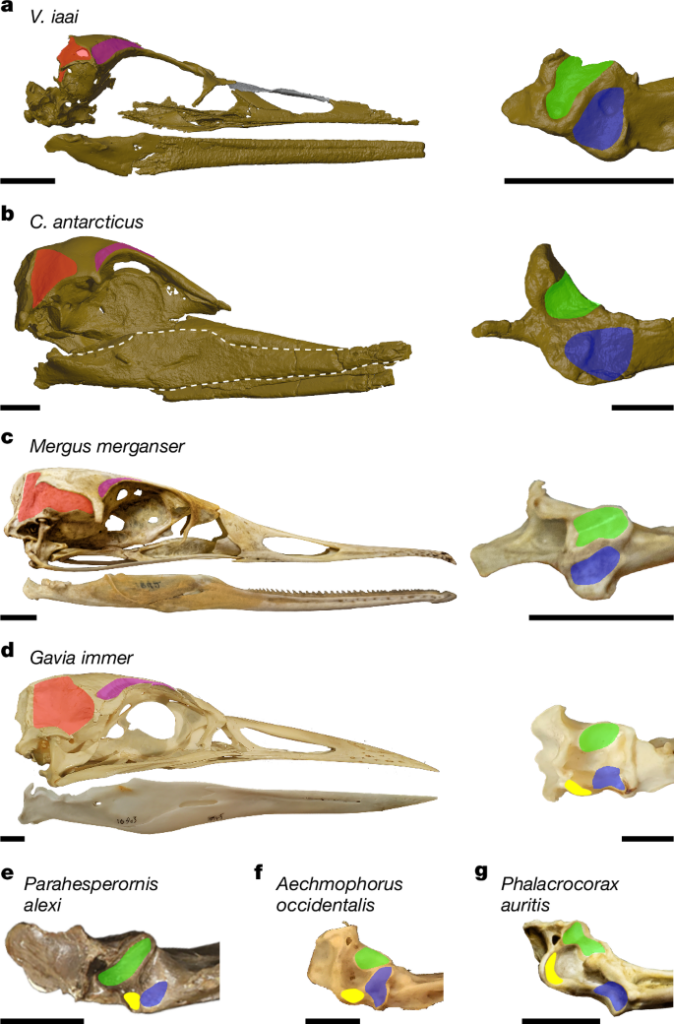
Back when Vegavis roamed Antarctica, the continent looked nothing like the icy wilderness we see today. It was a land of temperate forests, winding rivers, and rich coastal ecosystems. This environment may have been a refuge for early bird species, allowing them to evolve and survive as the Cretaceous period neared its end.

“Antarctica was a safe haven for ancient birds,” Torres explained. “It gave them the conditions to thrive and adapt.”
To analyze the fossil, the research team used high-resolution micro-CT scans, creating a digital reconstruction of the skull. This allowed them to examine its internal structures in detail.
The scans confirmed that Vegavis had brain and inner ear features strikingly similar to those of modern waterfowl, showing its link to the Anseriformes group, which includes ducks and geese.
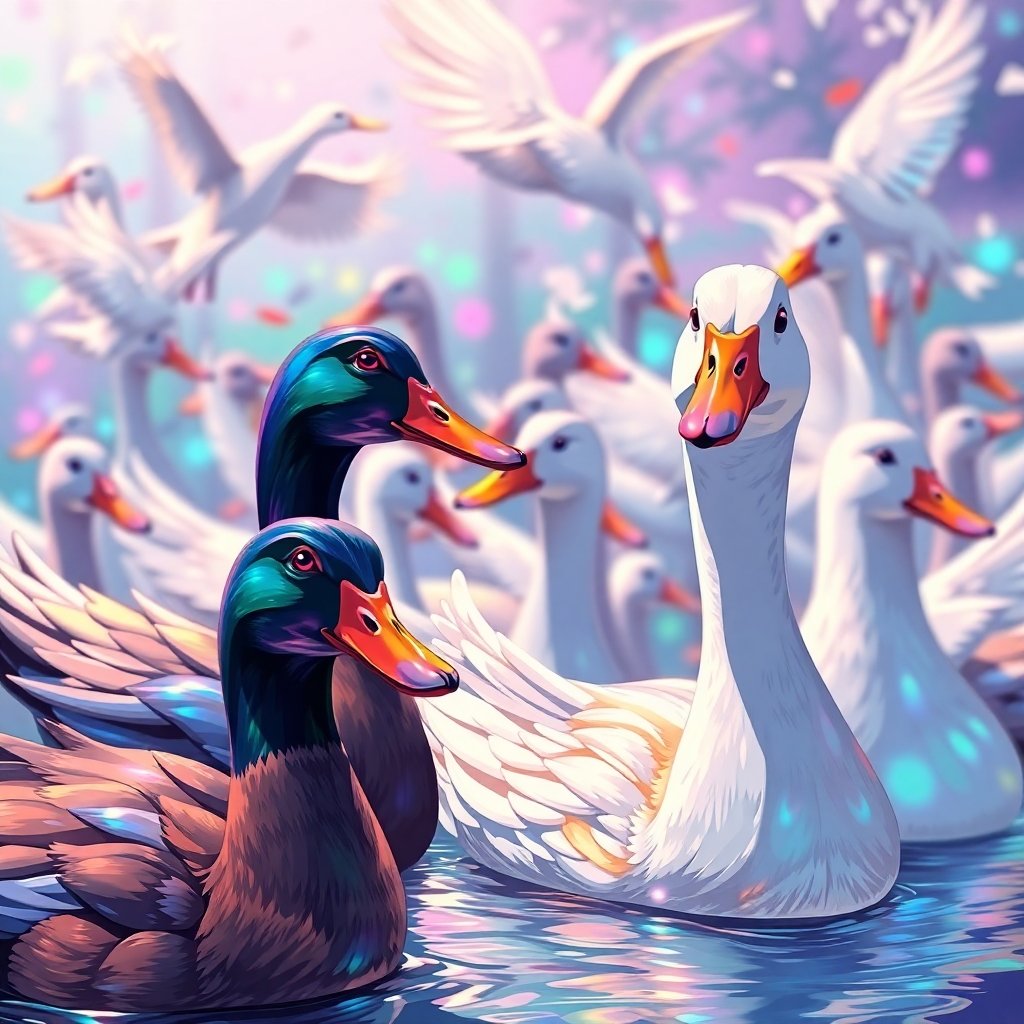
The study adds to the evidence that modern bird lineages were already emerging ,before the mass extinction event of dinosaurs 66 million years ago. While many bird species vanished, some—including those leading to today’s ducks, geese, and chickens—managed to persist.
“There’s been debate for years about whether modern bird groups existed in the Cretaceous,” Torres said. “This fossil is some of the strongest proof that they did.”
The discovery also raises new questions. The apparent predatory nature of Vegavis suggests early waterfowl were more ecologically diverse than previously thought. If some of their ancestors were fish-eaters rather than plant-grazers, it means these ancient birds experimented with different survival strategies before evolving into the forms we recognize today.
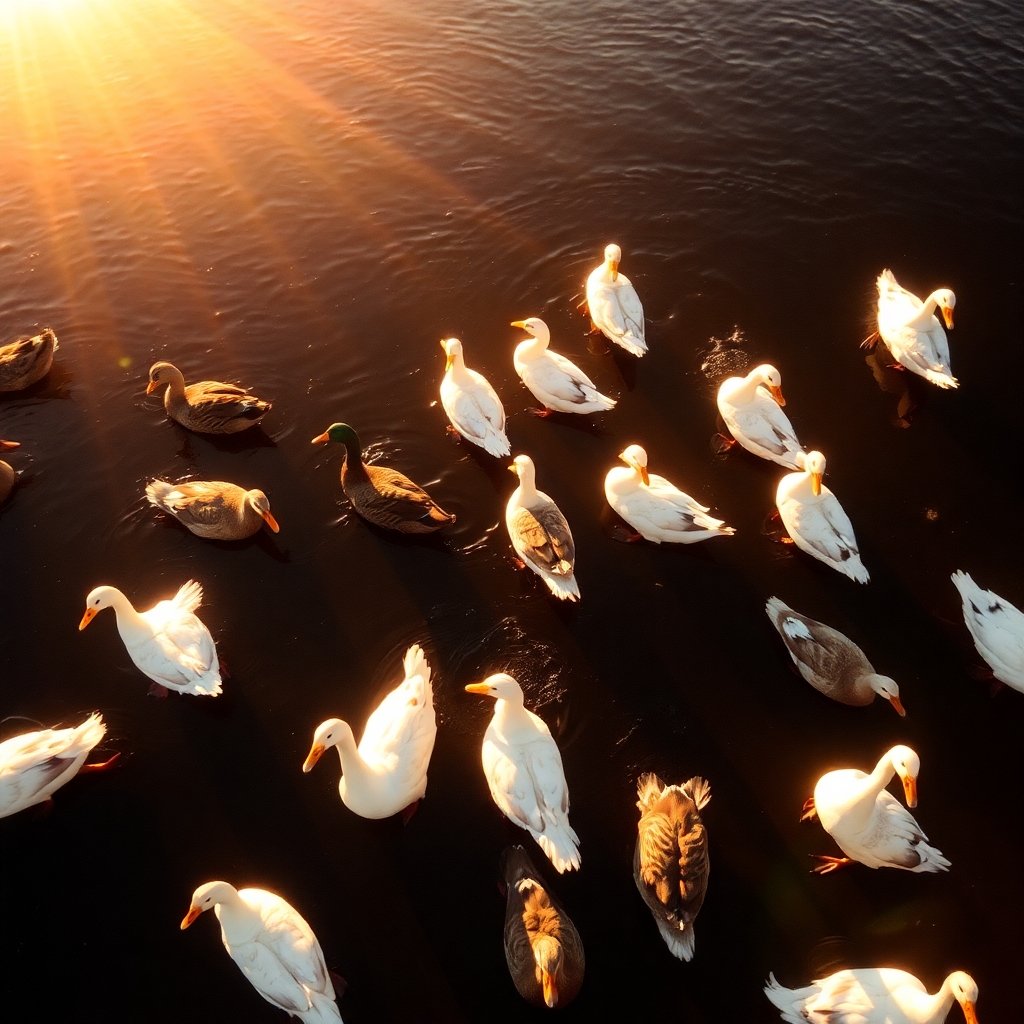
The findings, published in Nature, are part of the Antarctic Peninsula Paleontology Project, an international effort to uncover the prehistoric past of Earth’s southernmost continent. Scientists say this is likely just the beginning—Antarctica’s fossil record may hold even more secrets about the origins of modern birds.
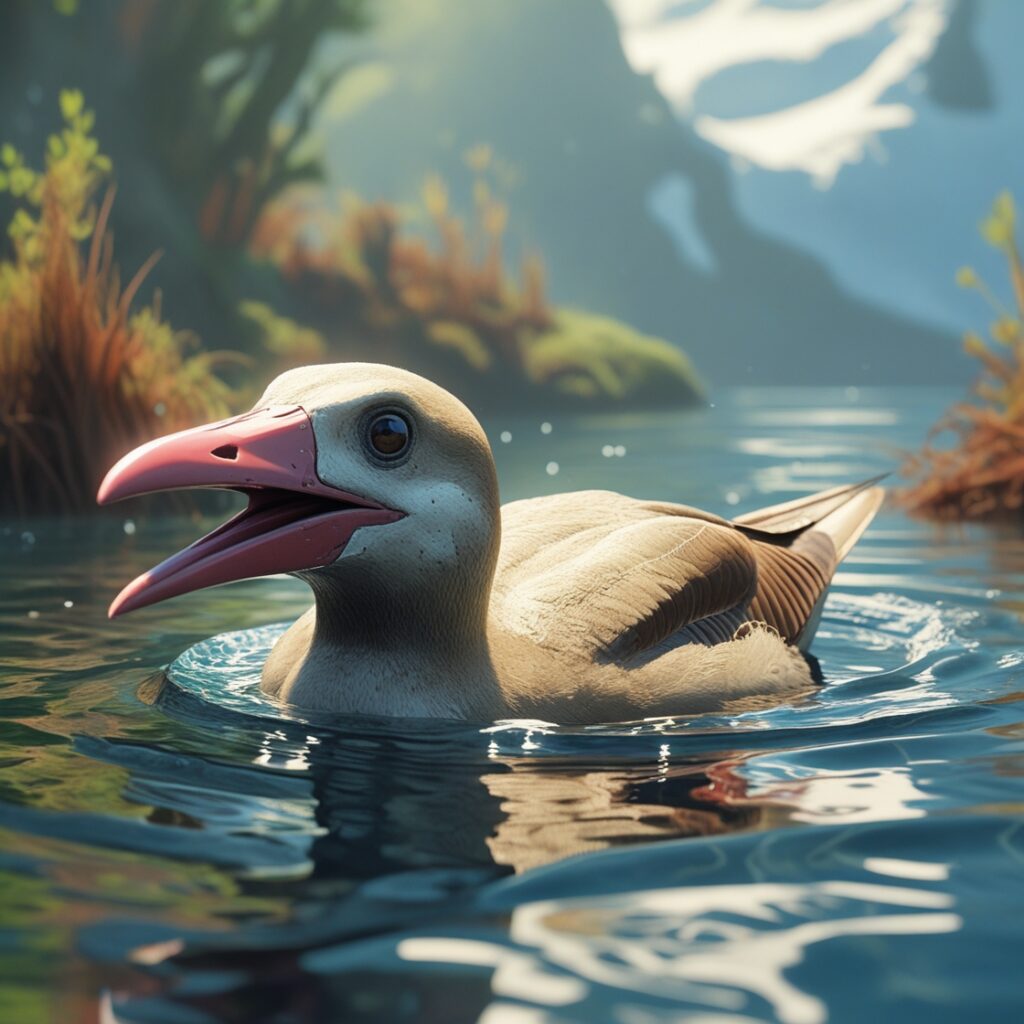
“We’re only scratching the surface,” Torres said. “There’s so much more left to uncover about the deep history of life on Earth.”
Piece by piece, discoveries like Vegavis are helping scientists reconstruct the long, complex journey of birds from the time of dinosaurs to the skies we see today.
